After my morning post, I took a nap that lasted for THREE HOURS. I woke up confused and disorientated! Clearly, I needed the rest, so it was a good thing.
When I woke up, I discovered that Future Hubby had cleaned the entire house! Not only did he clean, but he CLEANED TO MY STANDARDS….. i.e. scrubbed the tile, cloroxed the sink, took out the trash, dusted…. OH, how I love him!
Linner
After rising at 3 PM and discovering a sparkling clean kitchen (yay!), I ate an awkward lunch/dinner ("linner") of chicken+ cheese + pickle sammie on toasted WW bread.
And a bowl of grapes.
Dinner
For dinner, Future Husband and I made stacks of roasted tofu, sweet potato, and polenta, all sealed together with some NF plain yogurt.
We mixed a dab of maple syrup, a sprinkle of pepper, and a bit of parsley into the yogurt to give it some more flavor.
There is some intrinsically enjoyable about food piled high! 🙂
On the side, I had a portion of roasted brussel sprouts. I love to drizzle maple syrup on brussel sprouts before roasting them! Delish!
And I doubled up on my glucosamine and calcium supplements, as I missed my afternoon dosage.
Now we’re going to watch a movie…. I haven’t eaten enough fruit today, so I may snack on a plum later.
Research on Chondromalcia
I spent some time this afternoon researching Chondromalcia. As I mentioned in this post, the orthopaedic doctor I saw on Friday diagnosed me with Chondromalcia, which is an irritation of the undersurface of the kneecap or a "softening" of the cartilage.
Reminder: I AM NOT A DOCTOR. If you have Chondromalcia, you should seek the advice of a doctor… hopefully one that is more qualified and caring than the one I saw on Friday, because he told me there was nothing I could do about my knee except stop running. Luckily, there’s a LOT I can do to help myself heal! So, remember, this is just a summary of my own personal research. Here’s what I learned:
- Symptoms: The symptoms of chondromalacia include: a dull, achy pain in the front of your knee; increased pain when you walk up or down stairs (the most common symptom); pain in your knee when kneeling or squatting; knee pain after sitting for long periods of time; a grating or grinding sensation when you extend your knee; and knee stiffness.
- Causes: The patella (kneecap) is normally pulled over the end of the femur in a straight line by the quadriceps (thigh) muscle. Patients with chondromalacia patella frequently have abnormal patellar "tracking" toward the lateral (outer) side of the femur. This slightly off-kilter pathway allows the undersurface of the patella to grate along the femur causing chronic inflammation and pain. Certain individuals are predisposed to develop chondromalacia patella: females, knock-kneed or flat-footed runners, or those with an unusually shaped patella undersurface.
- Surgery Treatment Options: Surgery is viewed as the "last option" for treating severe cases of chondromalacia. Surgery isn’t 100% successful in curing the condition. Options include: arthroscopy (surgeon uses arthroscope to remove fragments of damaged cartilage) and realignment (surgery to realign the angle of the kneecap or relieve pressure on the cartilage).
- Non-Physical Therapy Treatment Options: Short-term treatment options include resting the knee, taking 1500 mg of glucosamine, sticking to a cross-training program, putting orthotics in your shoes, and wearing a knee compression sleeve to prevent the patella from sliding. I just ordered two knee sleeves!
- Physical Therapy Treatment Options: Rehabilitation exercises for non-surgically treated chondromalacia patella include: Isometric Quad Sets; Straight Leg Raises; Isotonic Hip; and Isotonic Hamstring (this PDF has some good examples of similar leg exercises).
- Hope this was helpful! Good night, sleep tight!

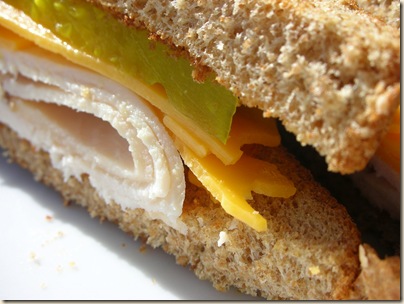

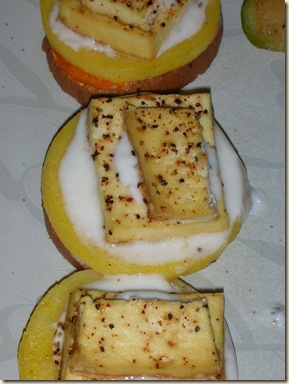
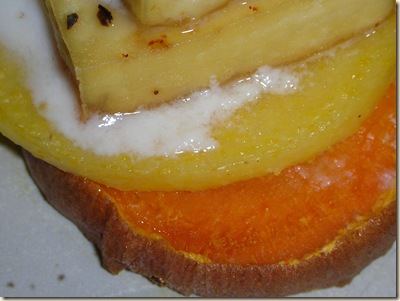
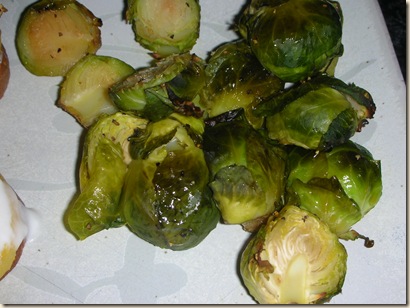
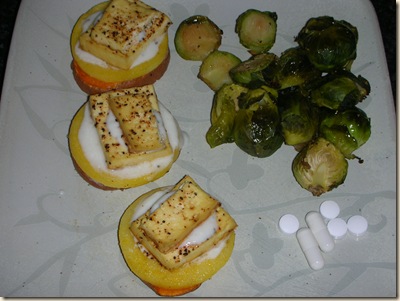
Hooray for a long nap, FH cleaning the house, and delectable food (you need to come cook for me, seriously)!!Wow, VERY interesting information regarding Chondromalcia – I had never even heard of the condition before!!
Good night!! :0)